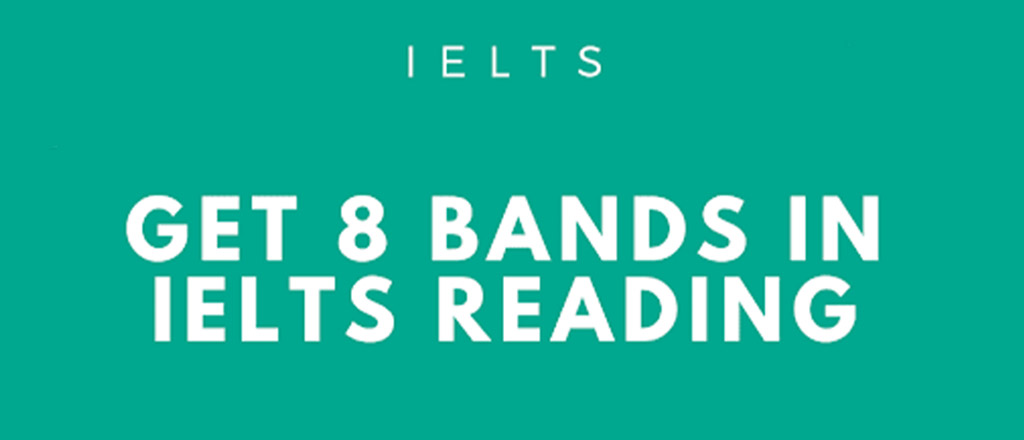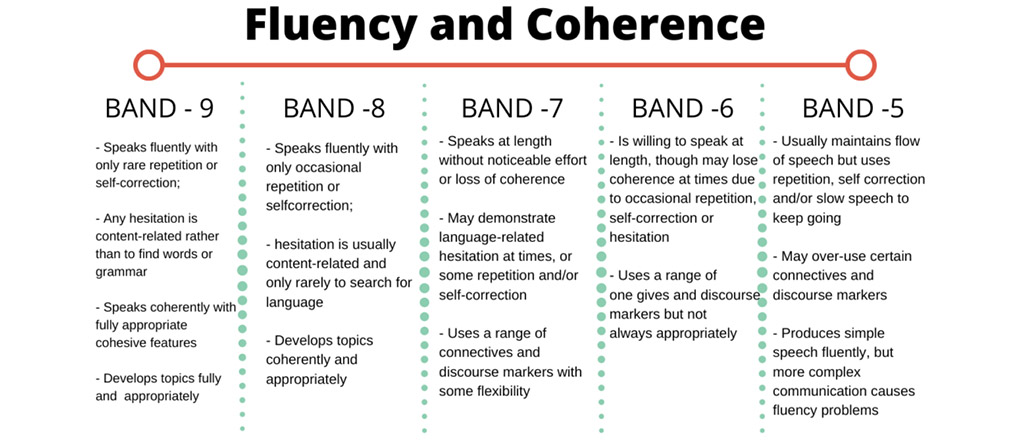Understanding the IELTS Reading Score Chart With CTI

IELTS is based on everyday language and is the world’s most popular English test for work, study, and migration. It is a fair, accurate, and reliable way to measure your English proficiency
IELTS test is accepted by thousands of organizations and institutions in more than 130 countries worldwide.
It’s imperative that you understand each part of the IELTS (speaking, reading, listening, and writing) well!
But in this article, let’s understand the IELTS reading score chart with Chhundu Training Institute (CTI), Bhutan’s best IELTS training center. Studying for the IELTS Reading test is easier when you understand the Reading score chart because once you understand the reading score chart well, you can score easily. This blog includes:
What is an IELTS Academic Reading Score Chart?
How is the IELTS Academic Reading Score Chart Marked?
What is a Good IELTS Academic Reading Score according to the reading score chart?
How is the IELTS Speaking Test Calculated?
How is the IELTS Writing Test Marked?
How is the IELTS Listening Test Marked?
How is the Overall IELTS Band Score Calculated?
Final Thoughts on Reading Score Chart
What is an IELTS Academic Reading Score Chart?
The IELTS Reading score chart displays the raw reading score and their conversions into reading band scores. IELTS test takers should first understand the band score conversion from raw results to comprehend the IELTS reading academic score. The table below illustrates the IELTS reading score chart:
IELTS Academic Reading Band Score | Raw Score |
| 9 | 39-40 |
| 8.5 | 37-38 |
| 8 | 35-36 |
| 7.5 | 33-34 |
| 7 | 30-32 |
| 6.5 | 27-29 |
| 6 | 23-26 |
| 5.5 | 19-22 |
| 5 | 15-18 |
| 4.5 | 13-14 |
| 4 | 10-12 |
| 3.5 | 8-9 |
| 3 | 6-7 |
| 2.5 | 4-5 |
Fig1: Conversion of raw results to IELTS reading band score
Universities normally require an academic IELTS reading band score of 6.5 or higher, with top-ranked universities preferring 7 or higher. Thus, candidates must correctly answer 23 to 30 questions to get a satisfying IELTS reading score chart.
What are IELTS Academic Reading Score and Band Score Descriptors?
Each IELTS band descriptor denotes a certain degree of performance. Candidates who receive an 8 have a much better command of the English language than candidates who receive a 5.
The IELTS reading score chart of 5 represents that the candidate has only a basic understanding of the English language.
The table below illustrates the IELTS reading band score and the score descriptors:
| IELTS Academic Reading Band Score | Score Descriptors |
| 9 | Expert |
| 8 | Very good |
| 7 | Good |
| 6 | Competent |
| 5 | Modest |
| 4 | Limited |
| 3 | Extremely Limited |
| 2 | Intermittent |
| 1 | Non-User |
| 0 | Did Not Attempt |
How is the IELTS Academic Reading Score Marked?
The IELTS academic reading score chart is based on a computation of 40 questions, with each correct answer receiving one mark. Then it is calculated using the total reading academic score out of 40.
The aggregate median of the various scores produced in each section is the IELTS academic reading band score.
For the IELTS reading test, candidates can receive a 0.5 score like 5.5 or 6.5, but the result on the reading score chart will be rounded to the nearest whole number.
- A ‘0.25’ score will be rounded to ‘0.5’. (Ex: 6.25 score will be rounded to 6.5).
- A ‘0.75’ score will be rounded to the nearest whole number (Ex: 6.75 will be rounded to 7).
- A ‘0.1’ IELTS academic reading score will be rounded to a score lesser (Ex: 6.1 will become 6).
What is a Good IELTS Academic Reading Score?

According to the IELTS reading score chart and the score descriptor, an IELTS reading band score of 8 indicates that the candidate has a very good proficiency level.
A reading band score of 7 indicates that the candidate is a good user, and scoring of 6 indicates that the candidate is a competent user.
But, whether the university will accept your IELTS reading score depends upon their criteria. Some universities accept an IELTS reading score of 7 and above, while some will easily let you in with a reading score of 6 or 6.5!
How is the IELTS Speaking Test Calculated?

Remember that the IELTS speaking test scores are calculated using particular criteria. While answering the examiner, you must meet all of the standards.
Your IELTS speaking score is influenced by four essential criteria, each of which is assessed separately, totaled together, and then divided by four.
4 Key Criteria for the IELTS Speaking Test:
Pronunciation
Fluency & Coherence
Lexical Resources
Grammatical Range & Accuracy
Example:
Let’s say a candidate scored 6 in pronunciation, 7 in fluency and coherence, 7 in lexical resources, and 7 in grammar and accuracy.
Add all the scores (7+7+6+7), and you get 27.
Divide the total by four (27/4), and your score is 6.75.
Round it to 7, and it’s the final speaking test score.

The examiner will grade your writing based on the four criteria listed below. Each criterion below is worth 25% of your overall score:
Task Achievement
Coherence and Cohesion
Lexical Resource/Vocabulary
Grammatical Range & Accuracy
Task achievement in Task 1 and Task response in Task 2 examines how well your answer meets the task criteria, utilizing a minimum of 150 words for Task 1 and 250 words for Task 2.
In Task 2, task response refers to how successfully you construct your argument to answer the task, including providing evidence and examples from your own life.
How is the IELTS Listening Test Marked?
The marking of IELTS listening is similar to that of the reading score chart.
You will be asked 40 questions in the Listening test, all related to audio snippets that will be played to you. Your answers are either correct or incorrect. Each correct answer will earn you one mark, with the overall number of marks determining your band score.
The table below illustrates the average number of marks needed to attain a given band in the Listening test:
IELTS Listening Band Score | Raw Score |
5 | 16 |
6 | 23 |
7 | 30 |
8 | 35 |
How is the Overall IELTS Band Score Calculated?

The overall IELTS band score is calculated as the average of the four component scores, rounded to the closest full or half band. Each component’s score is equally weighted to calculate the total band score.
The total IELTS Band Score is rounded up to the next half band. If the average of the four components is less than 0.25 and to the next whole band if it is greater than 0.75. The overall score is rounded down if the average finishes with a fraction less than 0.25 or 0.75.
Example:
Reading (6.5) + Writing (5) + Speaking (7) + Listening (6.5) = 25
Divide 25 by 4 = 6.25
Ends in 0.25 so round up to the next half band
Total Band Score = 6.5
The IELTS reading section is widely regarded as one of the most challenging aspects of the exam. To score higher on the IELTS reading test, it is important to understand the IELTS reading score chart.
Want to score high on your IELTS test? Consult us at Chhundu Training Institute (CTI) to improve your IELTS reading and overall band score today!
We offer thorough practice sections including mock tests for the IELTS exam to help you score high band scores!
Make sure you read our blog on 13 effective IELTS reading tips to improve your reading test score to ace your IELTS reading score chart!


No responses yet